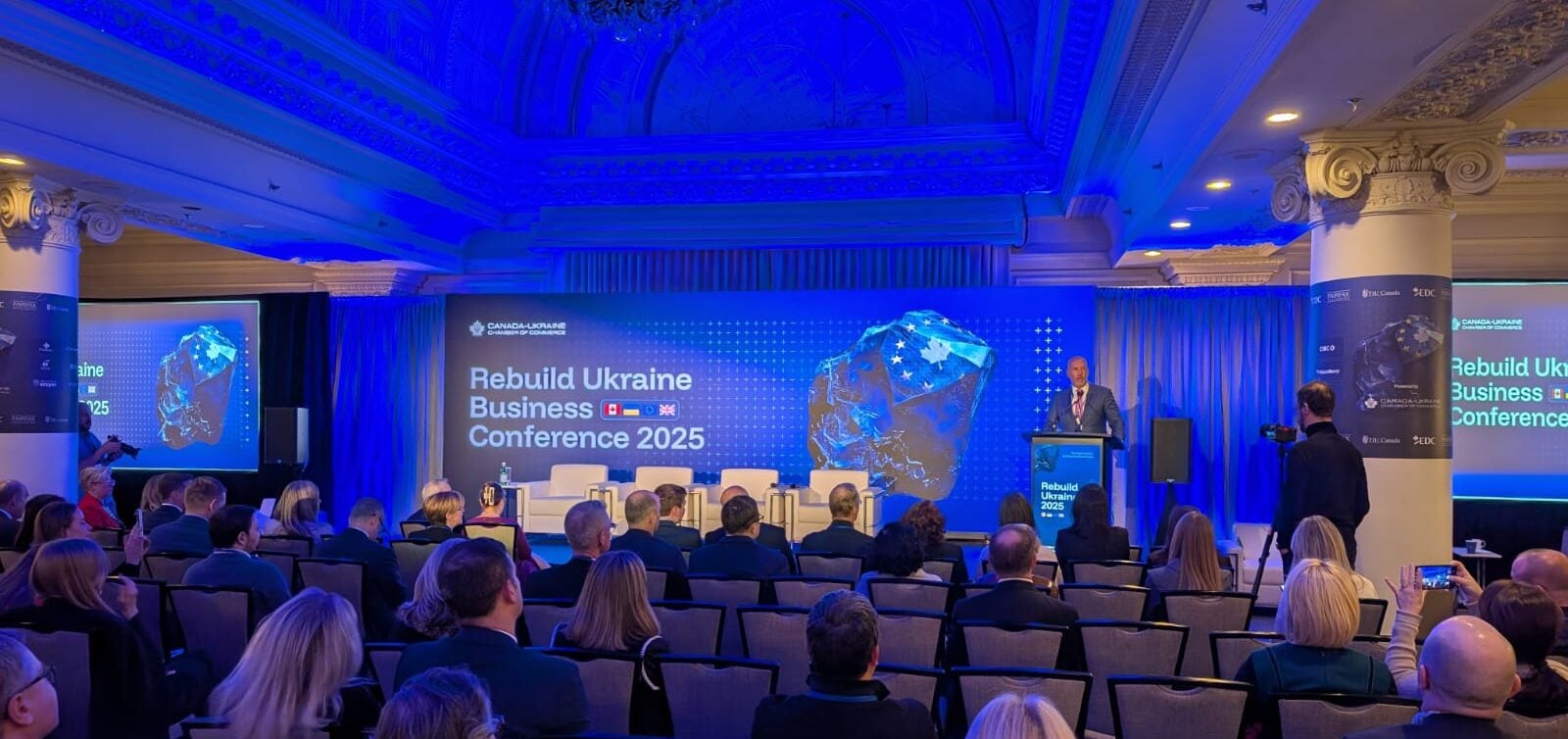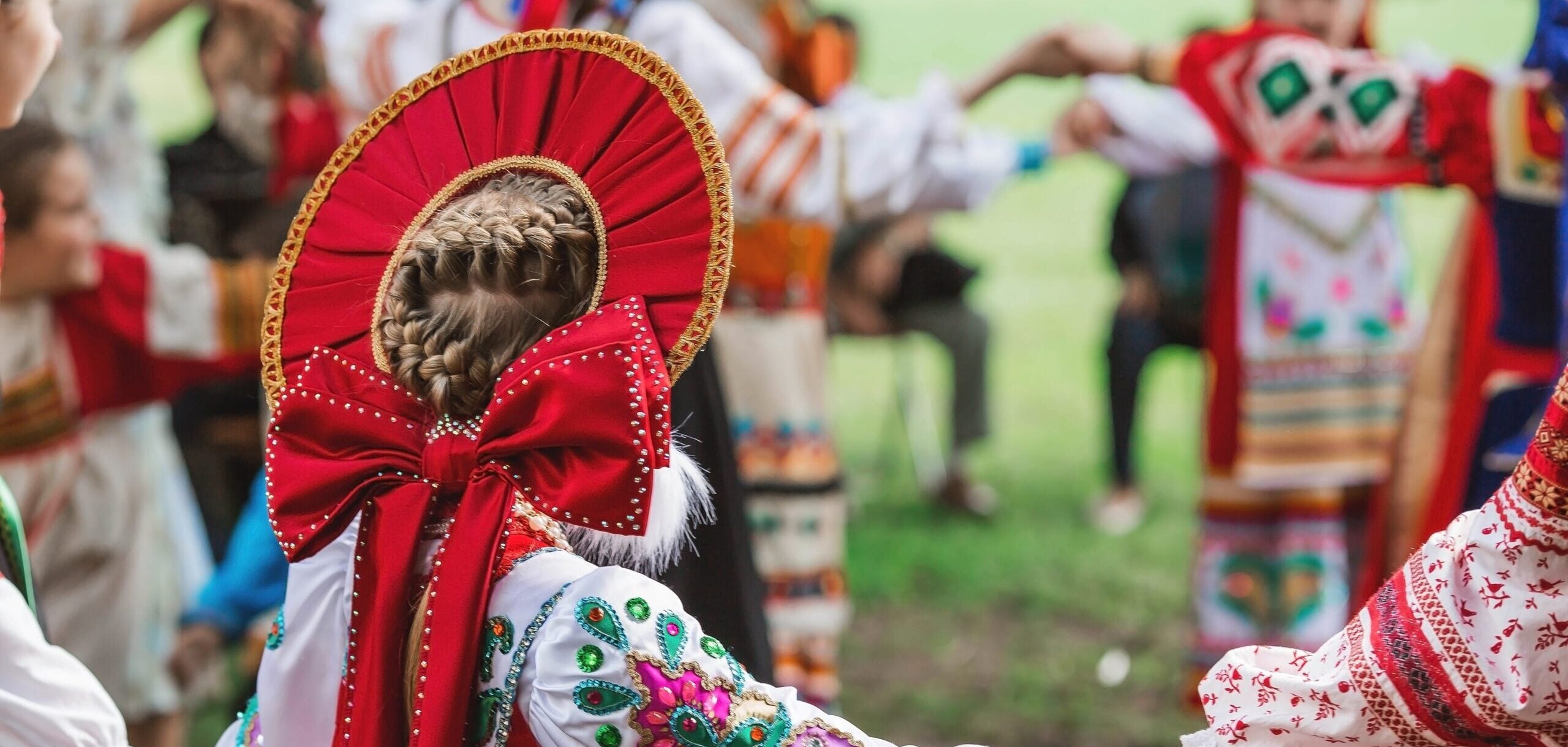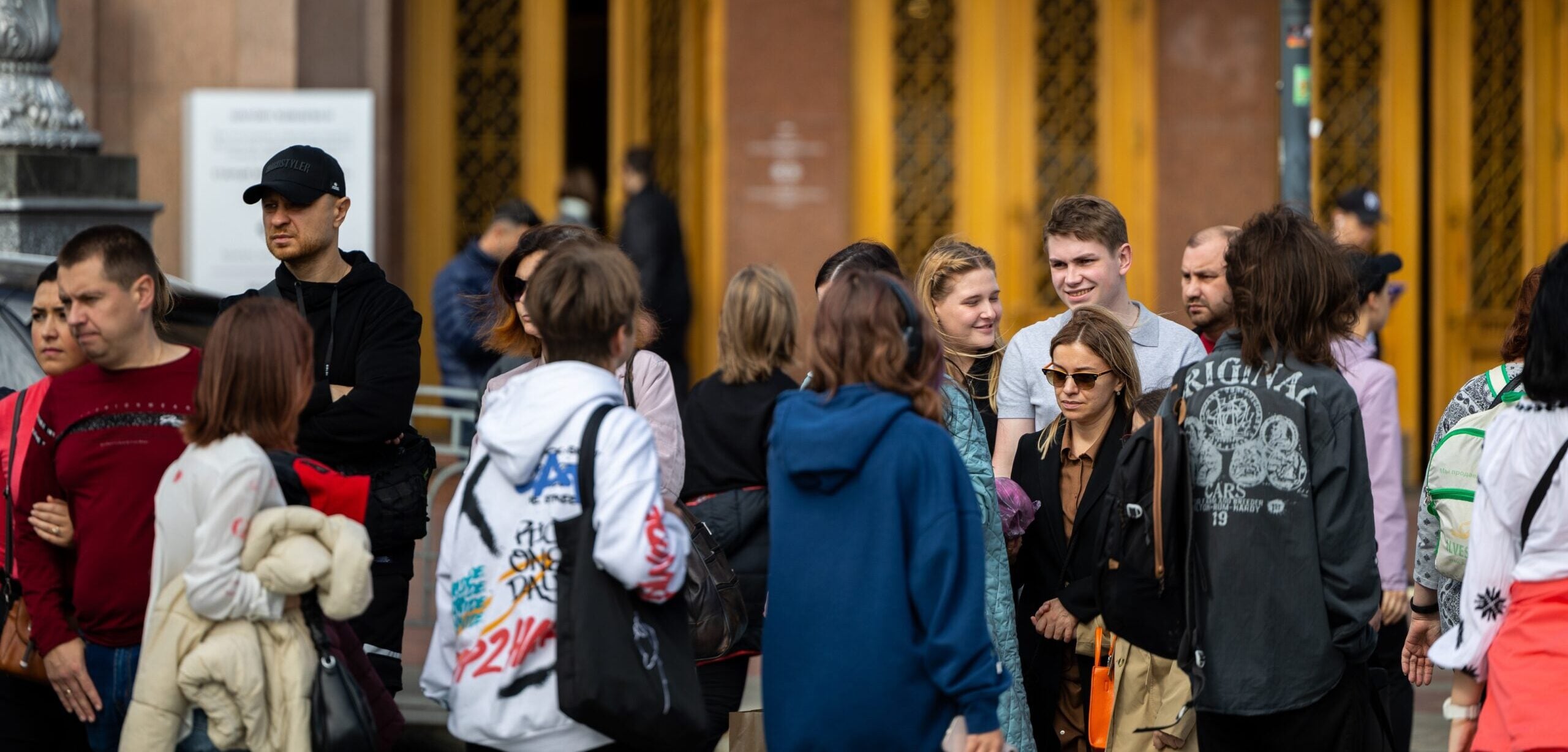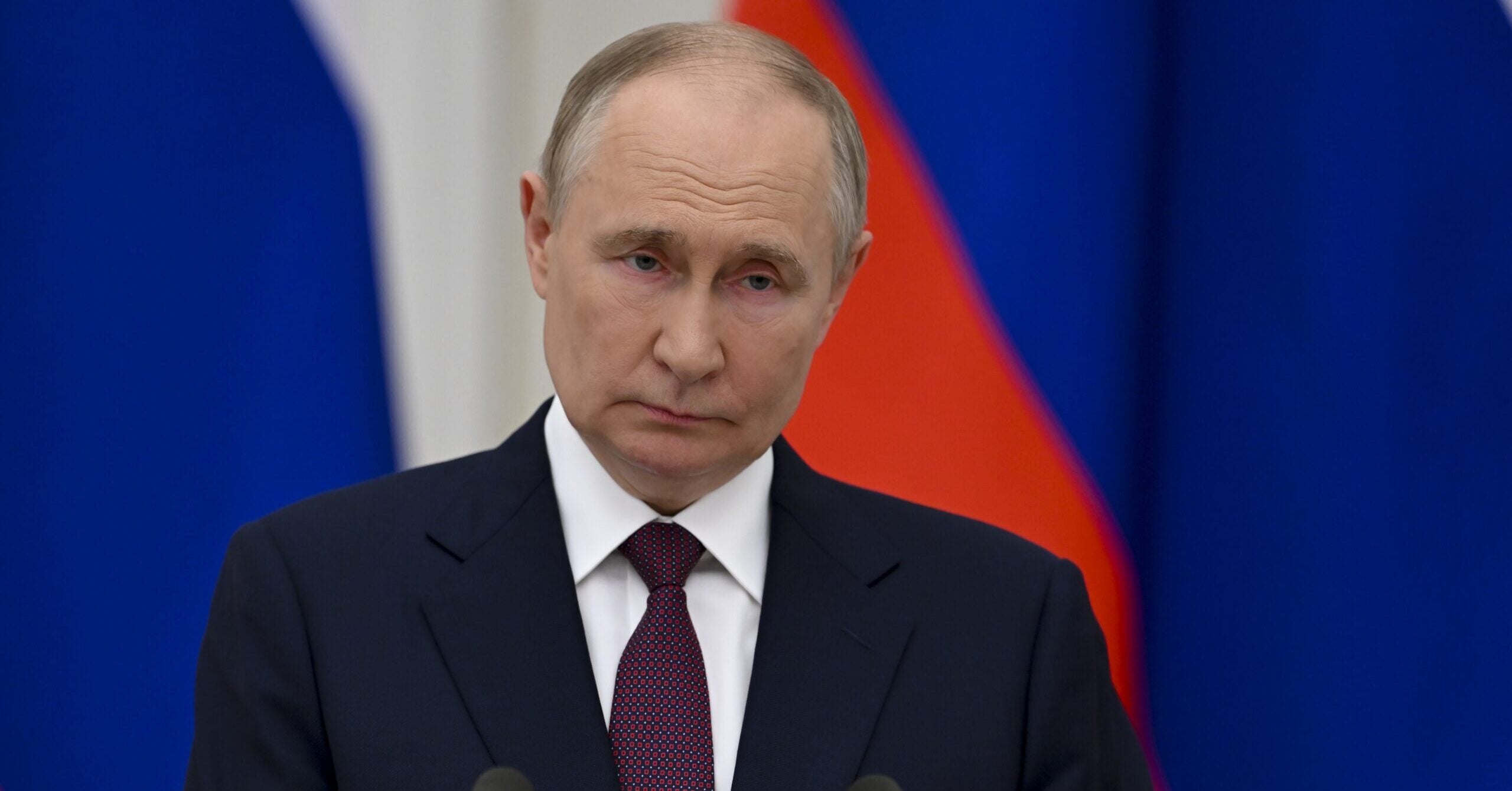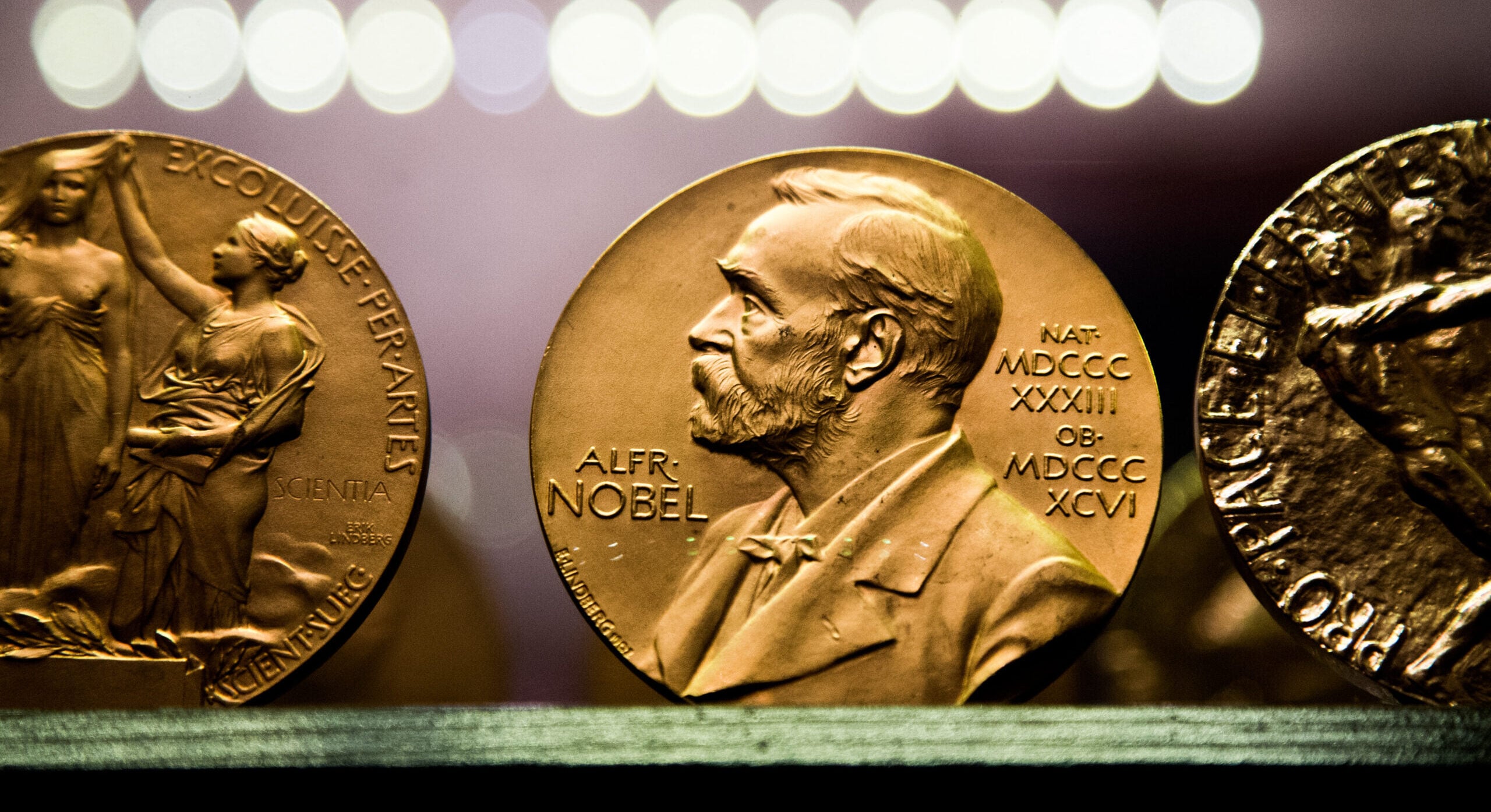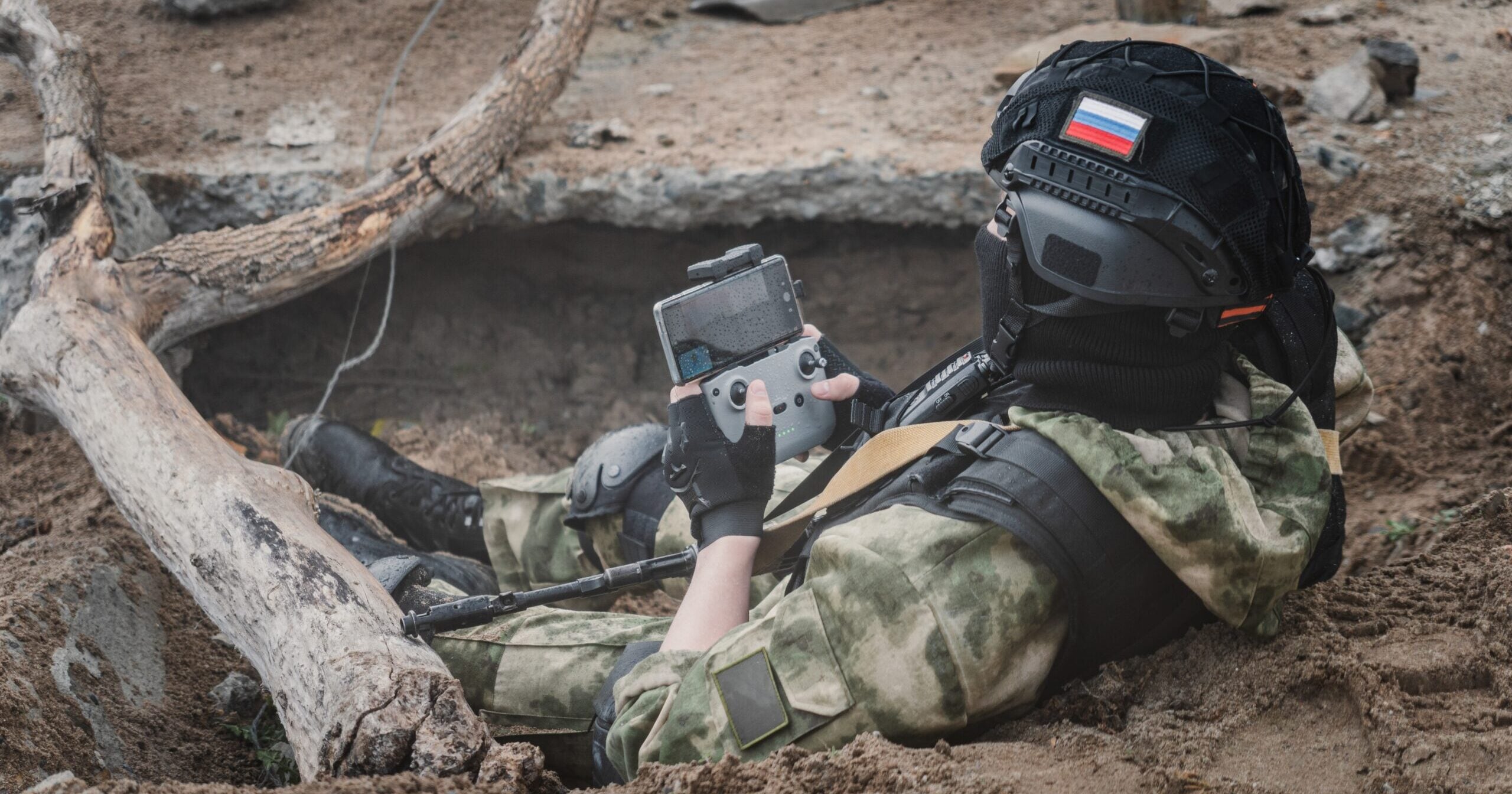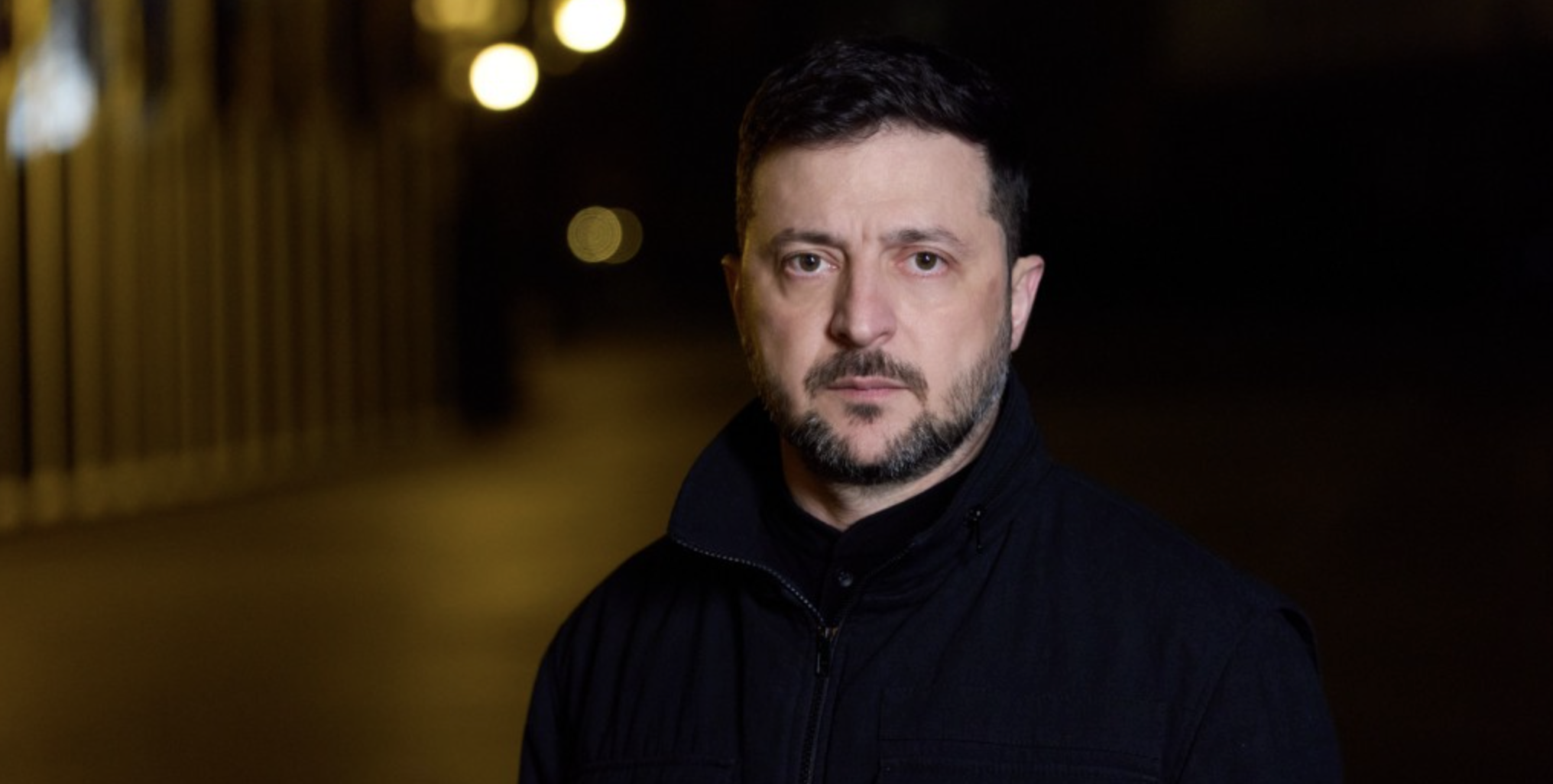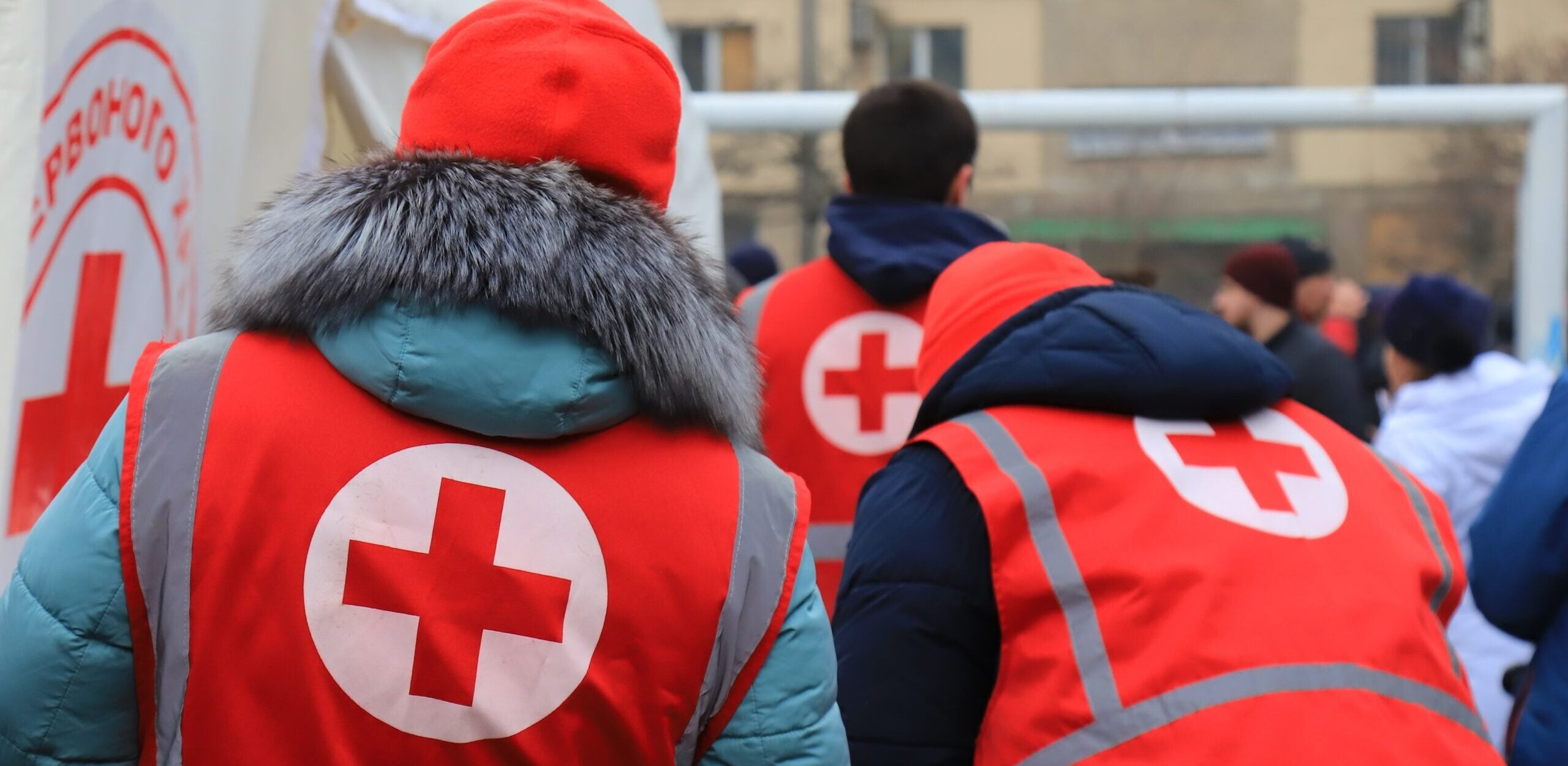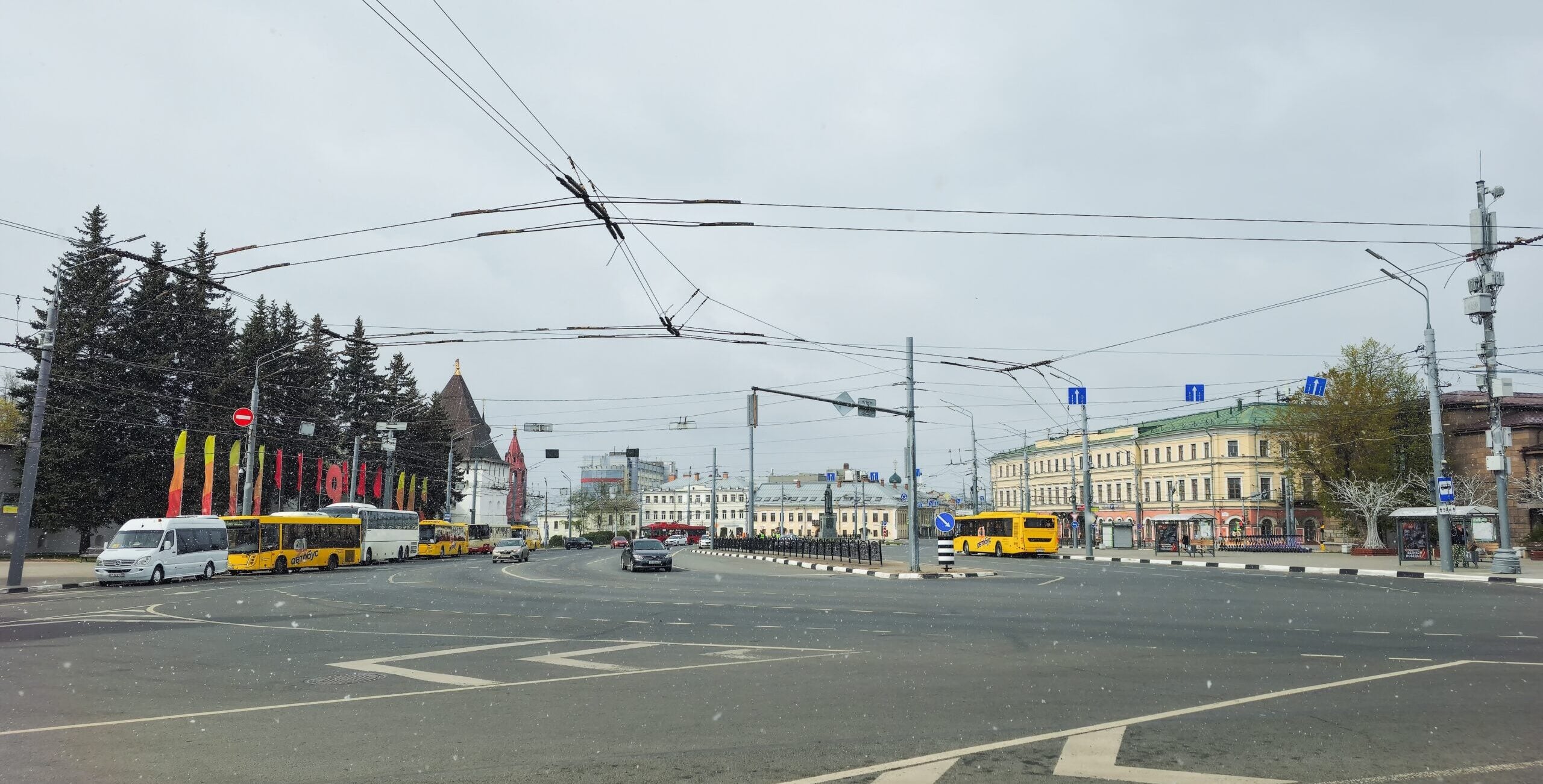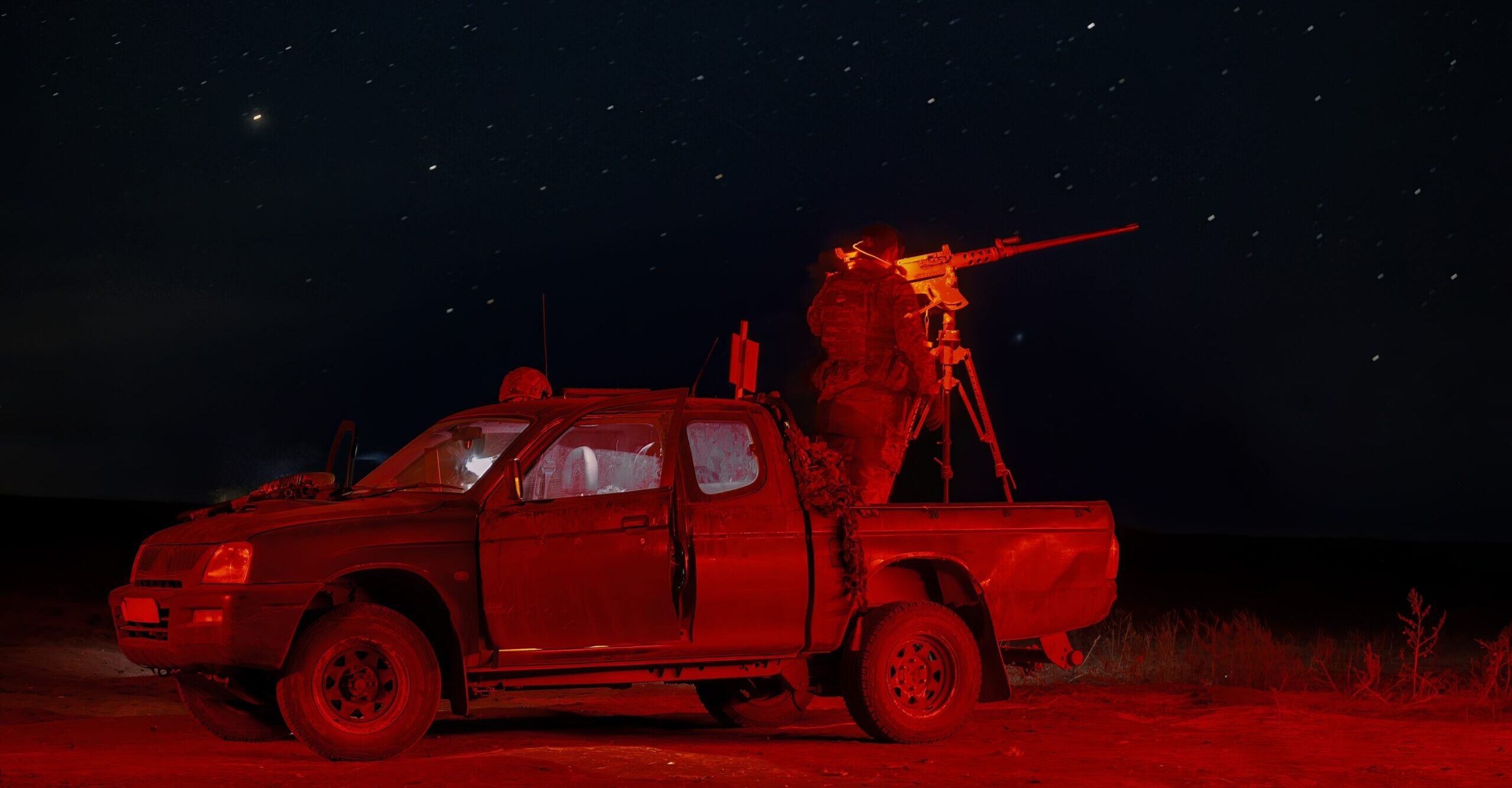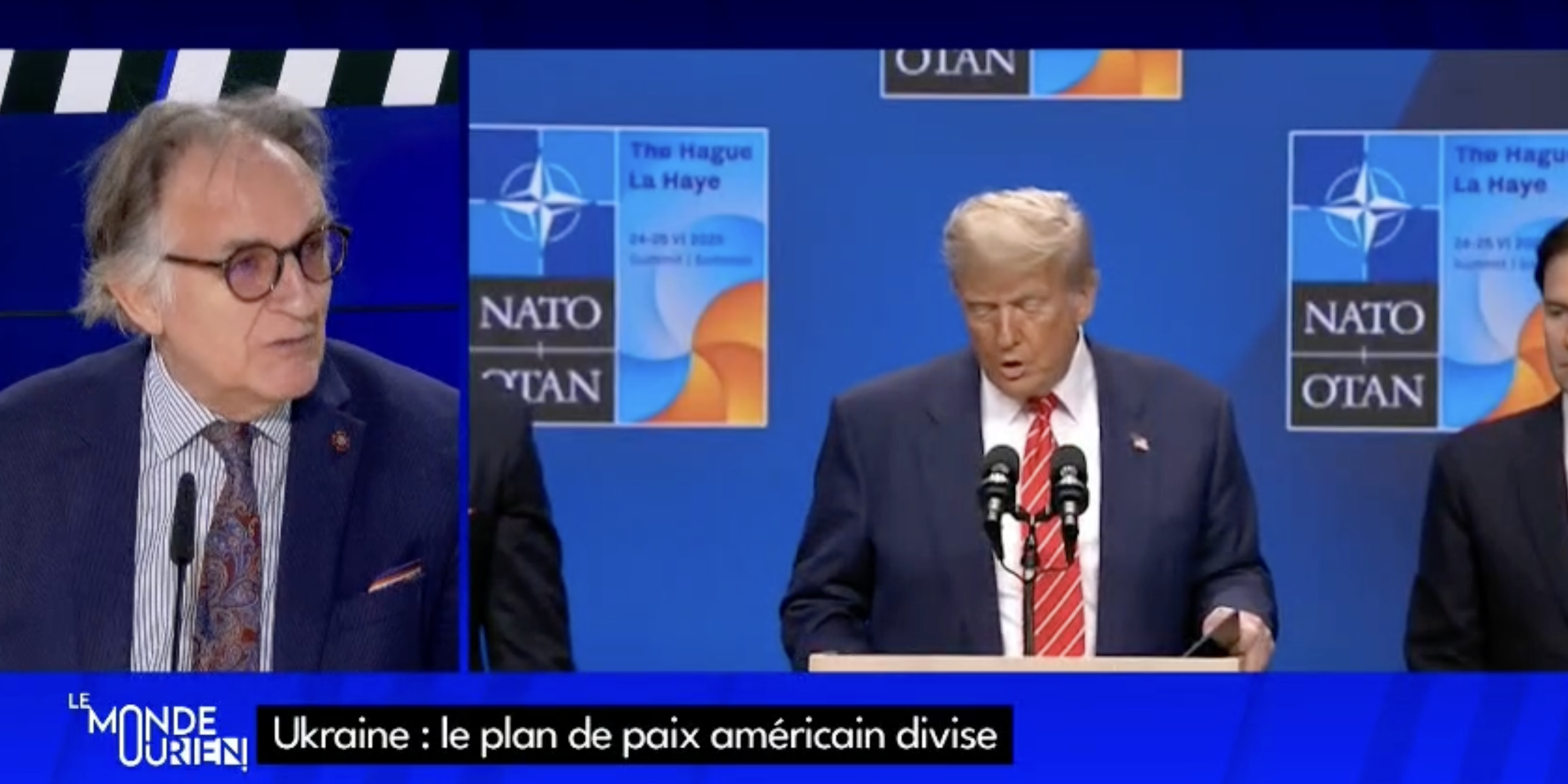
Another Ukrainian heart beats thousands of miles from Ukraine, on the shores of the Pacific Ocean, at the Peruvian-Ukrainian Association.
How do Ukrainians live in this distant country? How do they fight for the truth? And how do locals perceive them? The Ukrainian World Congress spoke with the head of the organization, Yuliia Dymar, to get to the bottom of the Peruvian experience.
The birth of an association
“Our association was born in July 2021, but its roots go much deeper,” Dymar explains. “It was a logical step for an active group of people who had been working here in Peru for years and felt it was time to formalize our activities. We started with 13 founding members, and now we have almost 30 active participants, and we continue to grow.”
According to Dymar, the full-scale Russian invasion in February 2022 provided an impetus to jumpstart their activity.
“Since spring 2022, our work has qualitatively changed. We’ve gone from spontaneous protests and rallies against Russian aggression to well-coordinated and vibrant cultural festivals. So, as an active group, we’ve been operating for three years now.”
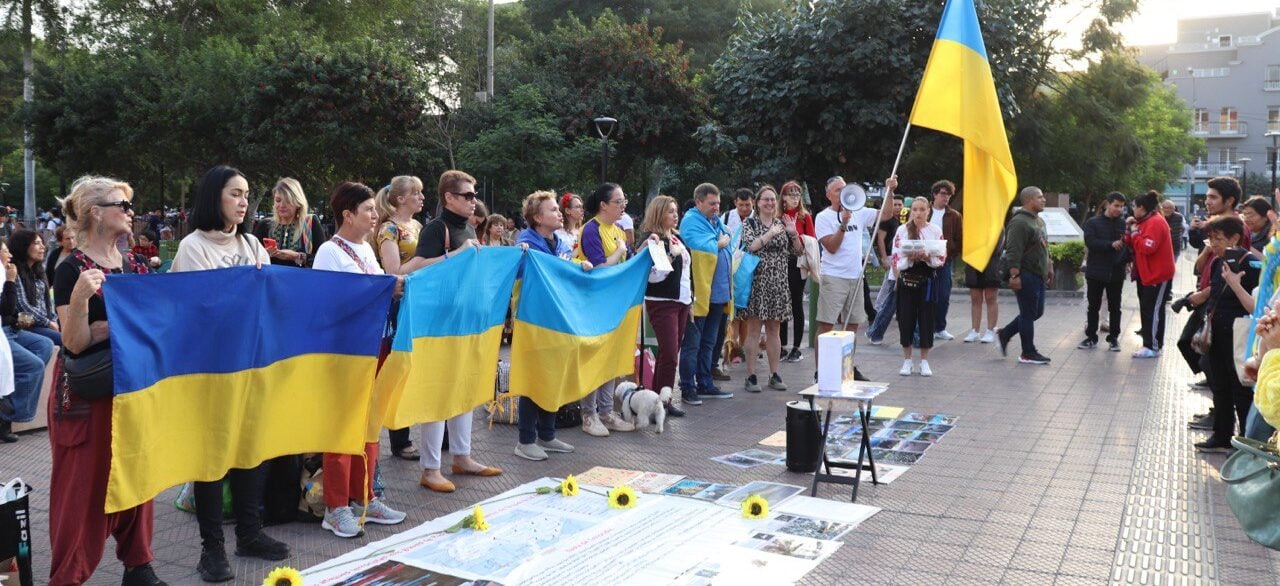
The association’s main hub is Lima, Peru’s capital, a city of nearly 10 million people where most of the Ukrainian community resides. While they have contacts in other regions, geographical distance currently makes full cooperation challenging.
A significant feature of the Peruvian-Ukrainian Association is its openness.
“Not only Ukrainians join us. We have representatives from Belarus, Peruvians, and other nationalities who consistently sympathize with and support our activities. We are absolutely open to everyone whose goals don’t contradict ours. This is clearly stated in our charter,” Dymar said.
Plast and culinary cultural diplomacy
“Our main efforts are focused on cultural diplomacy,” Dymar explains. “This is how we show Peruvians who Ukrainians are and what we are fighting for.”
Among their most notable initiatives is the annual food festival.
“Peruvians love food, so it’s the ideal format to introduce them to Ukrainian culture,” Dymar says. “At the festival, we combine our cuisine with Ukrainian music and exhibitions of handmade souvenirs. It’s always a great success.”
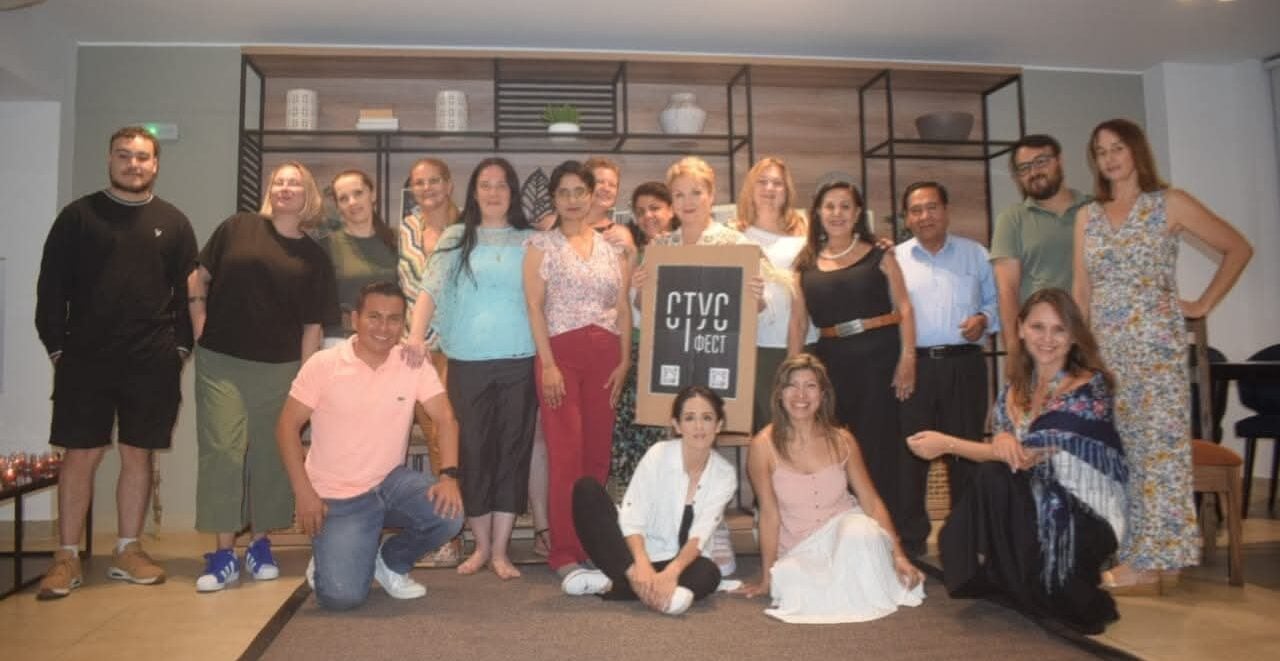 The association also actively promotes Ukrainian literature and traditions.
The association also actively promotes Ukrainian literature and traditions.
“We hold Shevchenko Days, Stus Fest, Shevchenko readings, and theatrical performances. We always celebrate St. Nicholas Day and Ukrainian Christmas with carols and vertep [nativity puppet theater], involving our children. We introduce Peruvians to Ukrainian Easter traditions and organize pysanka [Easter egg] decorating workshops,” the head shares.
A particular source of pride is their work with children.
“Two years ago, we created a children’s club, and now, based on it, we’re taking the first steps towards creating a ‘Plast’ [Ukrainian Scouting organization] chapter here in Peru. It’s a big and long-term process, but we’re ready for it. We also have a women’s club that we plan to develop.”
Grand diplomacy: between condemnation and neutrality
Peru’s stance on Russia’s full-scale invasion of Ukraine is typical of many Latin American countries. At the diplomatic level, Peru has officially condemned Russia’s aggression and supported relevant UN resolutions. Dymar explains that the region as a whole is pacifist, opposes war, and supports the territorial integrity of states, having its own historical experience with territorial disputes.
“However, despite diplomatic support, Peru doesn’t provide significant financial or military aid to Ukraine, limiting itself to minimal humanitarian assistance at the beginning of the invasion,” Dymar says. “They have many internal problems of their own, so they support us, but only within limits that don’t disrupt their status quo with other states. They strive to maintain neutrality to avoid souring relations with any side.”
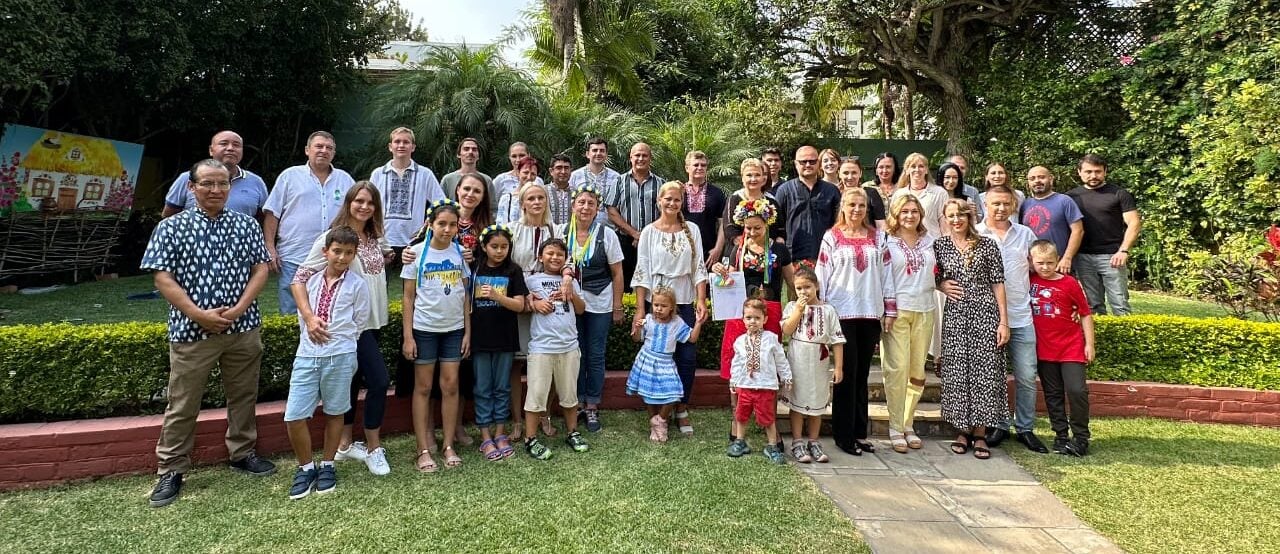
Regarding the attitude of ordinary Peruvians, Dymar points to ambiguity.
“One of the main obstacles we face is historical ties. Many Peruvians who studied in Russia in the 1980s and 1990s have retained a romanticized image of that country, and these narratives are actively supported by Russian propaganda. However, there are also those who see the real picture of the war and support Ukraine, though not always publicly.”
She continued: “It’s very heartwarming for us when, during our events or rallies, people approach us, introduce themselves, and openly declare their support for Ukraine…This could be a simple ‘Well done, we’re with you!’ or deeper conversations where a person shows they’ve researched the topic and know the names of Ukrainian cities. It’s incredibly valuable when you’re thousands of miles from Ukraine, and people here know the names of our cities, not just from the news, but have taken the time to delve into our history.”
In the shadow of the ‘Russian house’
Russian propaganda is widespread in Latin America, and Peru is no exception.
Dymar describes how this affects the association’s activities: “We have to operate in parallel with Russian structures. We refuse to participate in events where Russia is present. Furthermore, European countries that actively support us through their embassies and communities are in solidarity with Ukraine and refuse to attend such events or ask for Russians to be placed as far away from them as possible.”
A particular obstacle is the activities of the so-called “Russian House” and the newly established “Center for Culture and Science.”
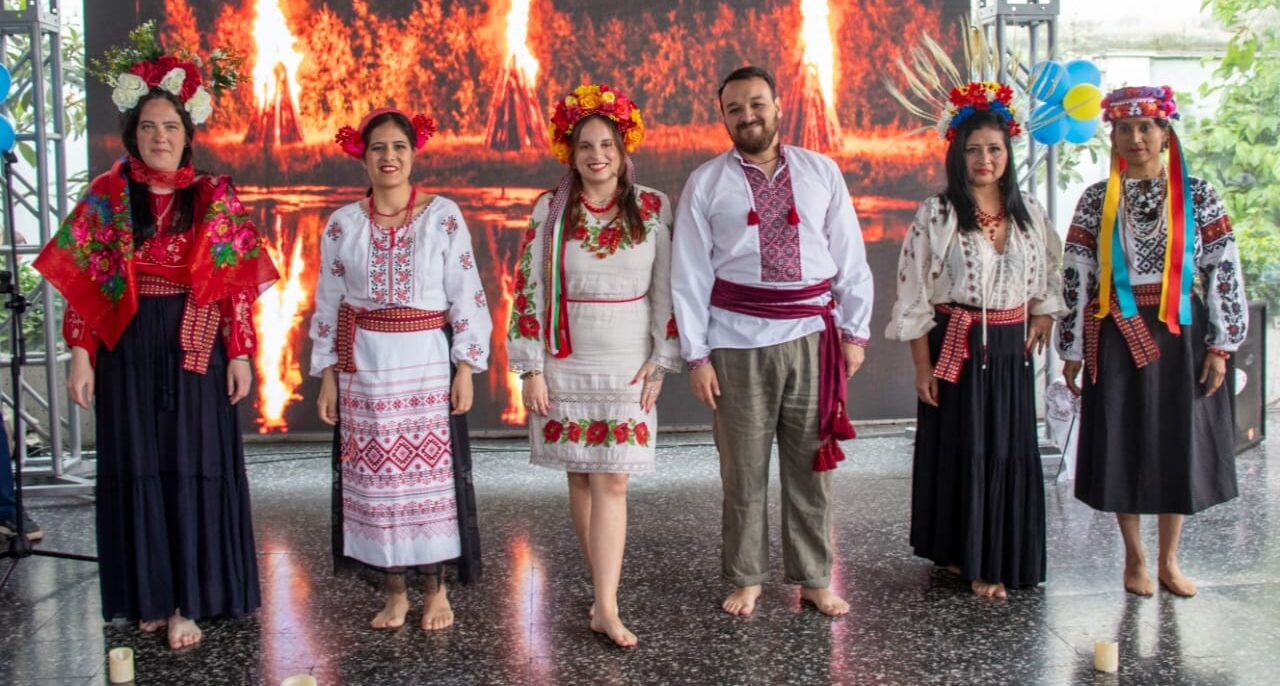
“For many years, the ‘Russian House’ organized events to which everyone was invited, even Ukrainians, because the Ukrainian embassy wasn’t very active. After 2022, the situation changed dramatically. We identify those who continue to cooperate with them and, of course, cease communication with them. The new ‘Center for Culture and Science’ is the same propaganda, but from a different angle. They highlight Peru’s and Russia’s ties in scientific and technical terms, universities, and Russian language studies. Their budgets and the influence of money here in Latin America, where money is very important, give them a significant advantage. Unfortunately, we have to tolerate this presence because there’s nothing we can do about it,” Dymar stated with bitterness.
She also emphasizes that, unlike organized Russian activities, the Ukrainian community in Peru is an entirely volunteer movement. This limits opportunities for large-scale projects, especially in areas like university cooperation and science, which, in her opinion, should be supported by state institutions.
Ukraine for Peru and Peru for Ukraine
“Why are the Ukrainian presence and Ukrainian influence in Peru so important? There are many reasons,” Dymar explains.
“Firstly, it’s about working with our community, which numbers 200-300 people. These are families raising children. It’s crucial for them to maintain a connection with Ukraine, learn the Ukrainian language, traditions, and culture. We strive for Ukrainians and their children to be able to self-identify with Ukraine, as they are far from their homeland here, and the Spanish-speaking society draws their attention very strongly.
“Secondly, it’s about forming Ukraine’s overall brand in the world. We want to show that we are not part of Russia, that we are independent, have a rich culture and history, and that we are different. This is about creating Ukraine’s own face for the whole world, which is on the other side of the ocean and the equator.
“And finally, it’s necessary to support Ukraine in difficult times and to combat the harmful propaganda of the aggressor country.”
When asked about effective messages for Peruvians, Dymar highlights several key aspects.
“If we’re talking about the war and aid to Ukraine, these are messages about humanitarian support and defending Ukraine’s rights and freedoms. That’s what Ukraine is fighting for. It’s also important to show the difference between the Ukrainian and Russian peoples, the difference in values.”
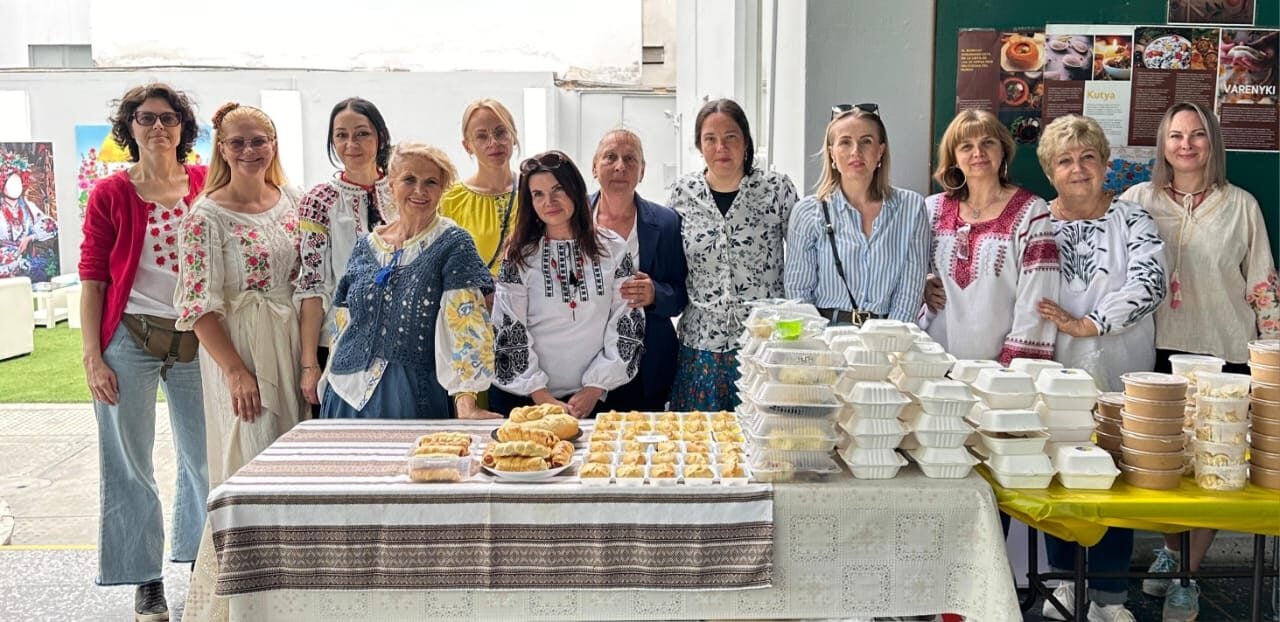
From experience, the most relatable topics for Peruvians are territorial integrity, as Peru has historically lost parts of its territory, and this remains a painful issue for them.
“Also, it’s about upholding universal human values — freedom, the right to life, and a happy childhood. For Latin America, where wars haven’t been as bloody as in other parts of the world, the loss figures in the hundreds of thousands are very striking. While they may initially be met with disbelief, with concrete arguments, they shock people into realizing that such wars are still possible in the 21st century,” Dymar says.
Unfading will
In addition to countering Russian propaganda, the Peruvian-Ukrainian Association faces typical challenges for young and small organizations: developing strategic planning and finding resources.
When asked about the motivation to continue volunteer work in such a distant country, Dymar responds with deep personal conviction: “If you were born Ukrainian, no matter where you are, no matter how many years you’ve lived abroad, you still remain Ukrainian. Both for yourself and for those around you. You still carry a piece of Ukraine in your heart, and everything resonates because it’s yours. Your heart is there, and you’re just at another point on the planet. I really want to return; it’s everyone’s dream—for this war to finally end so we can return to Ukraine, visit our parents, and hug them.
“And what’s also very motivating is that you’re not alone in your work, that you have a friendly environment, like-minded people charged with the goal of helping Ukraine, both in Peru and beyond, all over the world.”
Photos provided by Yuliia Dymar.
